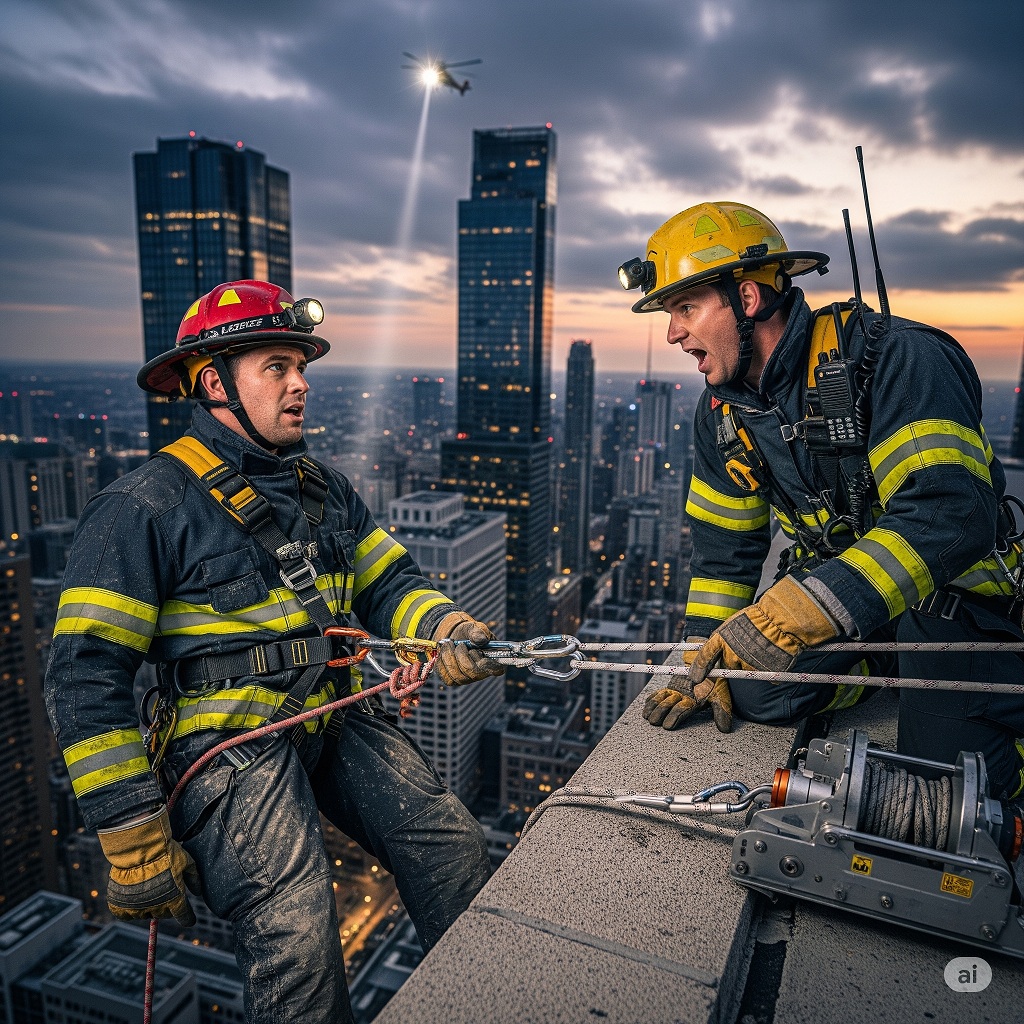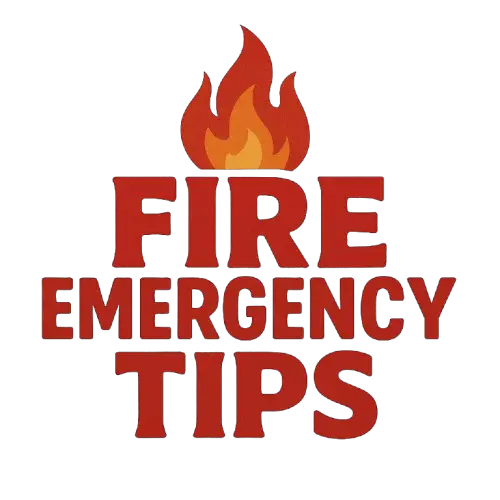
When it comes to fire fighting, tower rescues are some of the most challenging and crucial operations. As a seasoned firefighter, I’ve faced many high-stress situations where every second counts in saving lives. In this article, I’ll share my expertise on the intricacies of tower rescues and the strategies that can make all the difference in these intense scenarios.
From towering infernos to trapped individuals, tower rescues demand a unique set of skills and equipment. In my years of experience, I’ve learned the importance of precise planning, effective communication, and swift execution when carrying out these complex operations. Join me as I delve into the world of tower rescues and uncover the strategies that every firefighter should master to ensure successful outcomes in these critical missions.
Key Takeaways
- Thorough planning, effective communication, and swift execution are essential for successful tower rescues.
- Proper equipment like harnesses, ropes, pulleys, helmets, and regular maintenance are crucial for safe operations.
- Training, drills, and simulations play a vital role in preparing firefighters for tower rescues and enhancing response efficiency.
- Swift decision-making, staying calm under pressure, and teamwork are key elements of successful tower rescue missions.
- Having the right specialized equipment such as safety harnesses, ropes, communication gear, and PPE is critical for successful tower rescues.
- Strategic planning involving risk assessment, team coordination, equipment preparation, emergency protocols, training, and continuous improvement is necessary for successful tower rescues.
Understanding Tower Rescues
When it comes to tower rescues, thorough planning is crucial. Assessing the situation swiftly and accurately is paramount. Safety measure should be implemented immediately to secure the area and prevent further risks.
Communicating effectively within the team is essential during a tower rescue operation. Clear instructions and coordination ensure a smooth and efficient process.
Proper equipment is non-negotiable in tower rescues. Harnesses, ropes, pulleys, and helmets are just some of the tools that are vital for a successful operation. Regular maintenance and checks on all equipment are a must to guarantee reliability when it matters most.
Training plays a vital role in preparing for tower rescues. Regular drills and simulations help familiarize firefighters with different scenarios, ensuring they can respond effectively under pressure.
Swift decision-making is critical in tower rescues. Analyzing risks quickly, adapting to changing circumstances, and making sound judgments are skills that can make all the difference in a successful rescue mission.
Maintaining focus, staying calm under pressure, and working as a unified team are key elements of a successful tower rescue operation. Each team member plays a vital role in ensuring a safe and successful outcome.
Remember, in tower rescues, there is no room for errors. The stakes are high, but with the right preparation, skills, and teamwork, challenging tower rescue missions can be conducted successfully.
Importance of Proper Training
In tower rescues, proper training is not just beneficial; it’s essential. Here are key points to emphasize:
- Training drills and simulations are invaluable to prepare for the unpredictable nature of tower rescue operations.
- Regular practice ensures that the team is well-versed in protocols and procedures, enhancing response efficiency.
- Familiarity with equipment through training promotes quick and confident usage during actual rescue scenarios.
- Mock scenarios help refine decision-making skills under pressure, crucial for effective on-site response.
Training is the foundation of preparedness and proficiency in tower rescue operations.
Specialized Equipment for Tower Rescues
In tower rescues, having the right equipment can be the difference between a successful operation and a potential disaster. Here are some essential tools that I always rely on during tower rescue missions:
- Safety Harnesses: I never underestimate the importance of a secure safety harness. It’s crucial for keeping me anchored while working at heights.
- Ropes and Rigging: Proper ropes and rigging systems are essential for lowering victims to safety or extracting them from precarious situations.
- Ascenders and Descenders: These devices are invaluable for vertical access and egress in high-rise environments.
- Communication Gear: Clear communication is key in tower rescues. I always make sure to have reliable radios and signaling devices to stay in touch with my team.
- PPE (Personal Protective Equipment): Helmets, gloves, and protective clothing are non-negotiable. They provide essential safety and comfort during high-altitude operations.
- Cliff-Edge Rollers: When dealing with edges or corners on towers, these specialized rollers help guide ropes without causing damage or hazards.
Ensuring that all equipment is regularly inspected and maintained is a critical part of my routine. When every second counts in a rescue operation, having trusty tools at my disposal gives me the confidence to perform at my best.
Strategic Planning for Tower Rescues
When it comes to tower rescues, strategic planning is key to ensuring a successful operation. Here are some essential aspects to consider:
- Risk Assessment: Before initiating any tower rescue, a comprehensive risk assessment is crucial. Identifying potential hazards and evaluating the safest approach is fundamental.
- Team Coordination: Effective communication and coordination among team members are vital during tower rescues. Assigning roles and responsibilities beforehand can streamline the operation.
- Equipment Preparation: Ensuring that all rescue equipment is in top condition is non-negotiable. Regular inspections and proper maintenance of tools such as safety harnesses, ropes, and communication gear are imperative.
- Emergency Protocols: Having clear emergency protocols in place is essential for swift and efficient responses during rescue operations. Being prepared for unforeseen circumstances can make a significant difference in the outcome.
- Training and Drills: Regular training sessions and rescue drills are essential to keep the team prepared and proficient in tower rescue techniques. Practice not only builds skills but also enhances confidence in handling challenging scenarios.
- Review and Improvement: After every tower rescue operation, it’s important to conduct a thorough review to identify any areas for improvement. Continuous learning and refinement of techniques ensure better outcomes in future rescues.
Achieving success in tower rescues requires meticulous planning, effective coordination, and a commitment to continuous improvement. By focusing on these key aspects, rescue teams can enhance their readiness and efficiency in responding to emergencies at height.
Effective Communication in High-Risk Scenarios
In high-risk tower rescue situations, effective communication is crucial for a successful operation.
- Clear communication ensures that all team members understand their roles and responsibilities.
- Radio communication allows for quick and coordinated responses to changing circumstances.
- Brief and precise communication can prevent misunderstandings or errors that could jeopardize the rescue mission.
During tower rescues, communication protocols should be established and practiced regularly to maintain clarity and effectiveness.
Team members must convey important information such as victim condition, equipment status, and hazards without delay.
Training exercises that focus on communication skills can enhance team coordination and response times in high-stress scenarios.
Maintaining open channels of communication among team members and with other emergency responders is paramount in tower rescue operations.
Conclusion
Effective communication is the lifeline in tower rescue operations. Clear, concise communication ensures seamless coordination among team members, enhancing response efficiency and safety. Establishing communication protocols and conducting regular training drills are vital for optimizing performance in high-stress scenarios. Open channels of communication foster collaboration with other emergency responders, leading to successful outcomes in challenging rescue missions. Prioritizing communication skills equips rescue teams with the tools needed to navigate complex situations with precision and effectiveness. In the realm of tower rescue, effective communication is not just a strategy—it’s a necessity for saving lives.
Frequently Asked Questions
Why is effective communication important in tower rescue scenarios?
Effective communication is crucial in tower rescue scenarios to ensure all team members understand their roles, responsibilities, and the evolving circumstances during the operation. Clear communication helps maintain clarity, coordination, and response times in high-stress situations, ultimately leading to successful outcomes.
What are some key strategies for improving communication in tower rescue operations?
Establishing and practicing communication protocols, conveying vital information promptly, and conducting training exercises to enhance communication skills are essential strategies for improving communication in tower rescue operations.
How does open communication contribute to successful outcomes in tower rescues?
Maintaining open channels of communication within the team and with other emergency responders is crucial for successful outcomes in tower rescue operations. Open communication fosters collaboration, efficient resource allocation, and a coordinated response to challenges during the operation.
